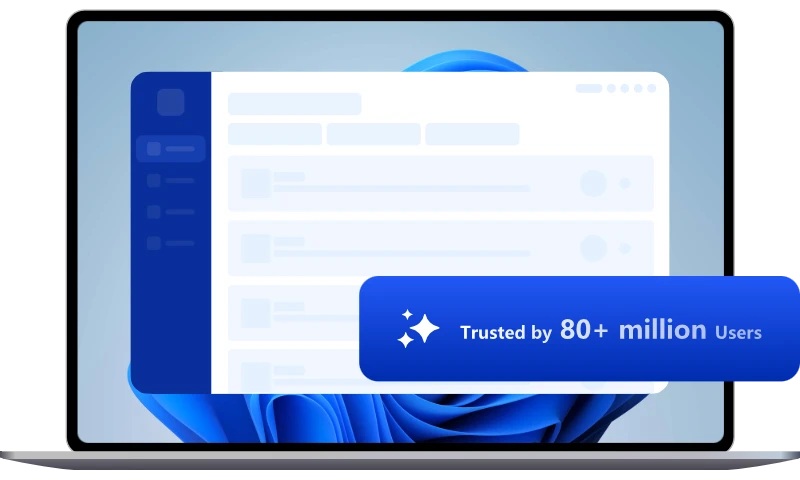5 Problems That Need to Be Solved in Windows 11
Microsoft is making a big push for Windows 11 currently. But before new features and new design, our main concern is still the legacy issues and usage experience.
Windows 11 includes many new features and improvements over its predecessor Windows 10. From the new UI to Android app support, you have plenty of reasons to transition to the new OS. But before that, Windows 11 also brings quite a few troubling changes.
1. Coexistence of modern UI and legacy UI
Since Windows 8, Microsoft has been looking to phase out the old UI elements of Windows in favor of a modern approach. But even with the power of Microsoft behind this task, the legacy UI still exists today.
In Windows 10, Microsoft modernized many elements and took it a step further with Windows 11, so that Windows 11 looks cleaner and more beautiful than Windows 10. But at the same time, the ancient Control Panel is still there, and there are some remnants of Windows Vista's Aero design language (such as dialog icons).
It's fair to say that the Windows 11 user interface feels like a mashup rather than a consistent whole, and it also tends to confuse customers about where to look for a particular feature.
2. Limitations of Windows 11 Taskbar
One cannot deny that the taskbar of the latest version of Windows looks modern, but we have to lament its lack of many basic taskbar features.
In Windows 10, users can move the taskbar around the monitor to the direction of their choice and also change its height. But in Windows 11 it is not possible to perform these basic operations, whic is very puzzling.
The same is true for the context menu that pops up when you right-click on the taskbar. In Windows 10, the context menu was full of customization options, such as show/hide buttons. In Windows 11, the context menu is limited to one option, "Taskbar Settings".
In short, Microsoft needs to fix the taskbar and make sure it is at least as functional as Windows 10, if not more so. As it stands now, the Windows 11 taskbar feels rushed and incomplete.
3. Limitations of Windows 11 Start menu
Microsoft has made significant changes to the Windows 11 Start menu, it is centered and there are no dynamic tiles. the long list of all the apps in Windows 10 is gone too. You can't group apps like you could in Windows 10, you can only pin apps to the Start menu and see the recommended or most used apps.
There are many problems with the new Start menu. For example, when you delete a recommended app, the Start menu leaves a huge amount of available space at the bottom. Removing dynamic tiles without offering an alternative is another controversial decision. Of course, not everyone likes active tiles. But when used properly, they do provide useful information. With the new Start menu, we lose all access to this at-a-glance information.
In short, Microsoft has changed or removed many features from the new Start menu, but has not given users the option to undo those changes. If Microsoft wants Windows 11 to be the best Windows experience to date, it must provide users with the option to customize the Windows 11 Start menu.
4. Pre-installed apps in Windows 11
When people talk about Windows, it's hard to avoid the numerous software that comes with it. There have been more and more pre-installed programs for Windows over the years, and these software, which may not even be used and cannot be removed, remains a problem in Windows 11.
If Microsoft can't stop bundling applications that people don't want, then users at least want an option to remove all unwanted tools from Windows 11.
5. Bugs and inconsistencies
As has long been believed, a new release is always full of problems, and so far many bugs have been found and fixed that seriously affect the experience. And some of them are even still lingering today.
For example, one of the biggest printer-related issues in Windows 11 is the PrintNightmare vulnerability, a problem on Windows 10 that Microsoft claimed would be fixed after several updates were rolled out. However, these updates reportedly did not fix the problem and PrintNightmare is still running wild.
Microsoft is making a big push for Windows 11 currently. But before new features and new design, our main concern is still the legacy issues and usage experience. If these problems can not be solved, windows 11 will hardly become the first choice of users at least in the short term.
In any case, Windows 11 is an operating system with a lot of potential. But obviously Microsoft still has a lot of work to do.

